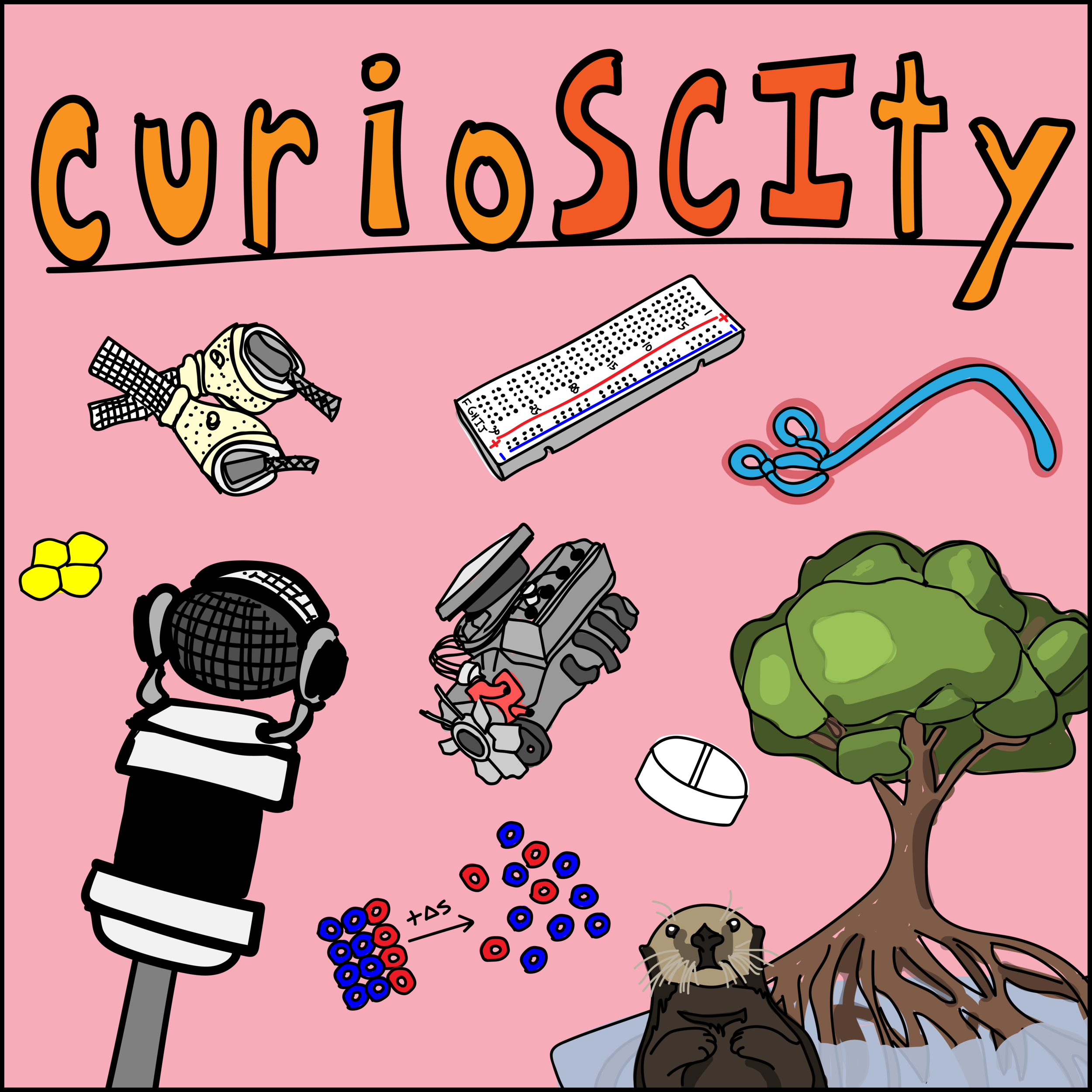13 - Cholesterol (w/ Averie and Chelsea Elias!)
13. Cholesterol
It’s hard to believe that something as generically described as cholesterol could be so important. High levels of “a waxy substance” result in no side effects until a heart attack or a stroke. What are lipids, or fats? How does the human body get fats? What are relevant pharmaceuticals related to cholesterol? Let’s learn to be scientifically conversational.
General Learning Concepts
1) What is a lipid? What is cholesterol?
a. What is a lipid? Commonly referred to as a fat; more correctly known as an organic (hydrocarbon containing) compound derived from a fatty acid. They are insoluble in water but soluble in organic solvents. Depending on the melting point, fats could either be solids or liquids.
b. Why does the body need lipids? Lipids are one of four fundamental biomolecules: lipids, nucleic acids, protein, and carbohydrates. Long cylindrical or cone shaped lipids called phospholipids are responsible for making up the membrane of cells (and inner compartments of eukaryotic cells, like humans, plants, fungi, etc). Lipids can be used for energy storage because they contain (gram for gram) more energy than carbohydrates. Fats can be important for storing certain vitamins that are only fat soluble (A, D, E, K). Lipids are also important messengers for cell signaling (like cholesterol!).
c. So, what is cholesterol? Everything describes cholesterol as “a waxy substance”. A molecule. A steroid; generally responsible for the production of hormones like testosterone, estrogen, progestin, or glucocorticoids like cortisol (regulates metabolism). It changes the fluidity of biological membranes. Cholesterol ends up in the blood but travels an immense distance to get there.
2) How does the body obtain / make cholesterol?
a. Obtain: Eating it! Any organism that once had its own cholesterol or added fats to foods are known as dietary cholesterol. Lipids are turned into droplets of fats, digested by both the stomach and the small intestine (thanks to some enzymes from the pancreas), and end up in the blood via a lymphatic vessel. The issue is that cholesterol cannot just be in the blood due to its hydrophobicity (“water fearing”) nature (imagine bacon fat floating in a pot of water). Therefore, it’s bundled into a more soluble package using proteins and other lipids. These particles are known as lipoproteins.
b. Make: Your liver cells (and others) have the capability of making cholesterol on your own, or de novo! This happens in the cell in a process called metabolism. Your metabolism may slow down as you get older but it still does two things: catabolism (breaking stuff down) and anabolism (building stuff up). If you break down food, you can build important molecules like cholesterol. It has to happen in certain compartments of the cell because of the hydrophobic nature of cholesterol. Competing sources argue about how much cholesterol is made de novo versus by dietary cholesterol.
3) What are the health benefits and consequences of cholesterol? What are relevant pharmaceuticals?
a. Health benefits of cholesterol: We need cholesterol to produce hormones (both for secondary development and not), vitamins, bile, and metabolism. Cholesterol is capable of changing membrane fluidity for cells.
i. HDL: High-density lipoprotein cholesterol is often referred to as the ‘good’ cholesterol because it can remove excess cholesterol from cells, including those in arteries. This activity is sometimes referred to as being a “scavenger”.
b. Health consequences of cholesterol: As low-density lipoprotein cholesterol increases so does one’s risk for cardiovascular disease and stroke. Plaques (fatty deposits) build up in one’s arteries. This can lead to blood clotting, which can block a blood supply from the heart and cause a heart attack. It can also block the blood supply to the brain and cause a stroke.
i. LDL: Low-density lipoprotein. Bad cholesterol. Buildup of LDL cholesterol in your arteries leads to atherosclerosis.
c. Statins: A good example is Lipitor (atorvastatin calcium). These drugs inhibit enzymes that are important for cholesterol biosynthesis. These drugs tend to be selective and competitive in their inhibition.
4) Fun Tidbits
a. Triglycerides: The most common type of fat in your body; obtained by diet and by de novo synthesis. Eating unused calories eventually means production of triglycerides for future energy use. High triglycerides are often related to obesity, type 2 diabetes, and metabolic syndrome (heart disease risk factors).
b. High-cholesterol can be genetic: Familial hypercholesterolemia (FH). There is a genetic defect (inherited) that makes it harder to remove LDL from your blood, drastically increasing cholesterol buildup on the walls of one’s arteries.
5) Solicited Naïve Questions
a. How are cholesterol levels tested? Blood sample; drawn from a vein in the arm or a fingerstick. These levels are detected by enzymatic assays that produce peroxide. Using a peroxidase allows for a coupled enzymatic assay that produces a color.
b. Should those at risk for high cholesterol exercise? Diet is the first step to reducing cholesterol levels. It’s not always incredibly clear how exercise impacts health (but that doesn’t make it not true; think back to episode 11 about Joseph Lister). Exercise is associated with the positive production of enzymes required for cholesterol breakdown. It also is associated with skeletal muscles starting to utilize fat energy instead of carbohydrate energy, which depletes fats including cholesterol and triglycerides. [2]


